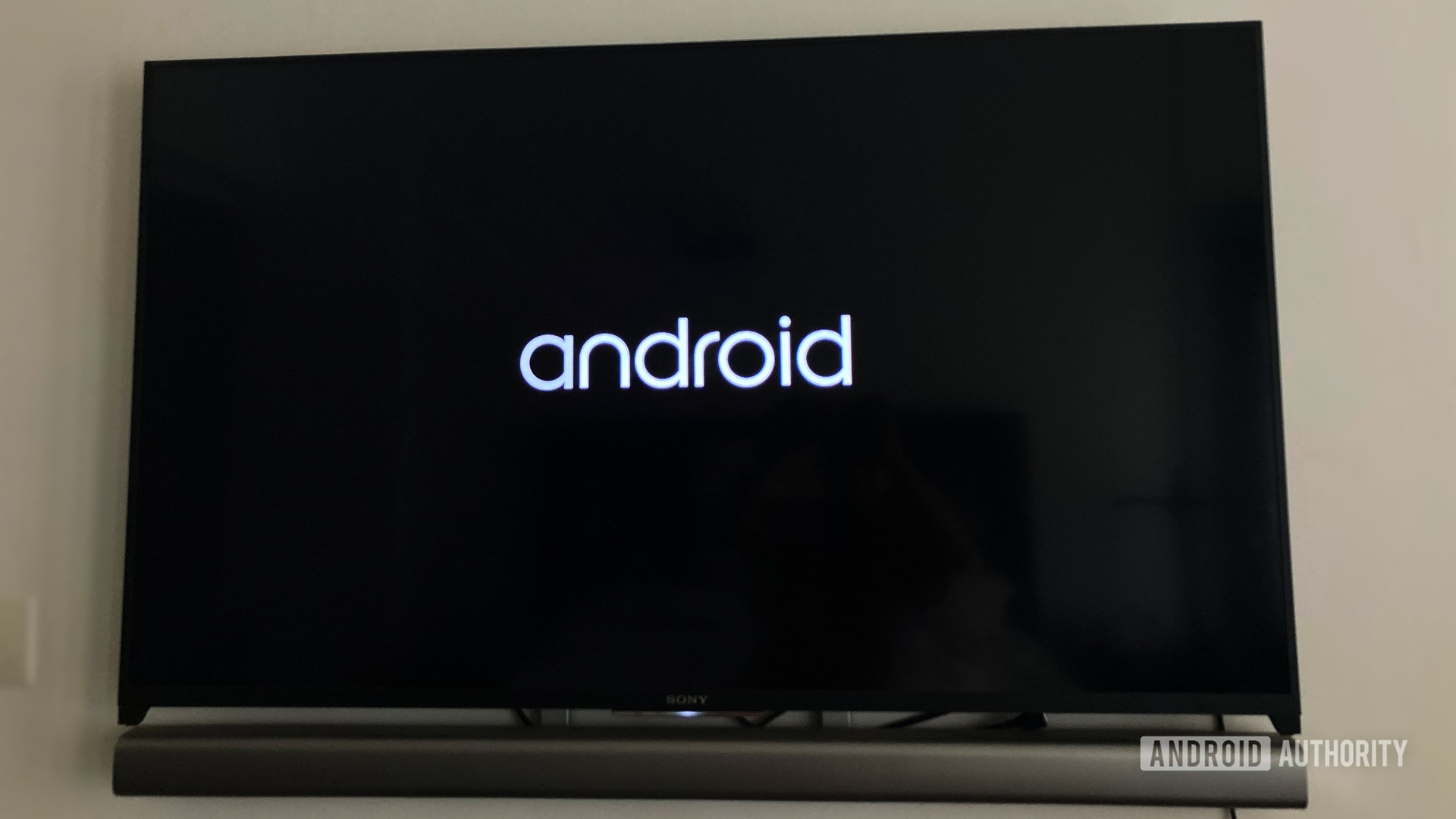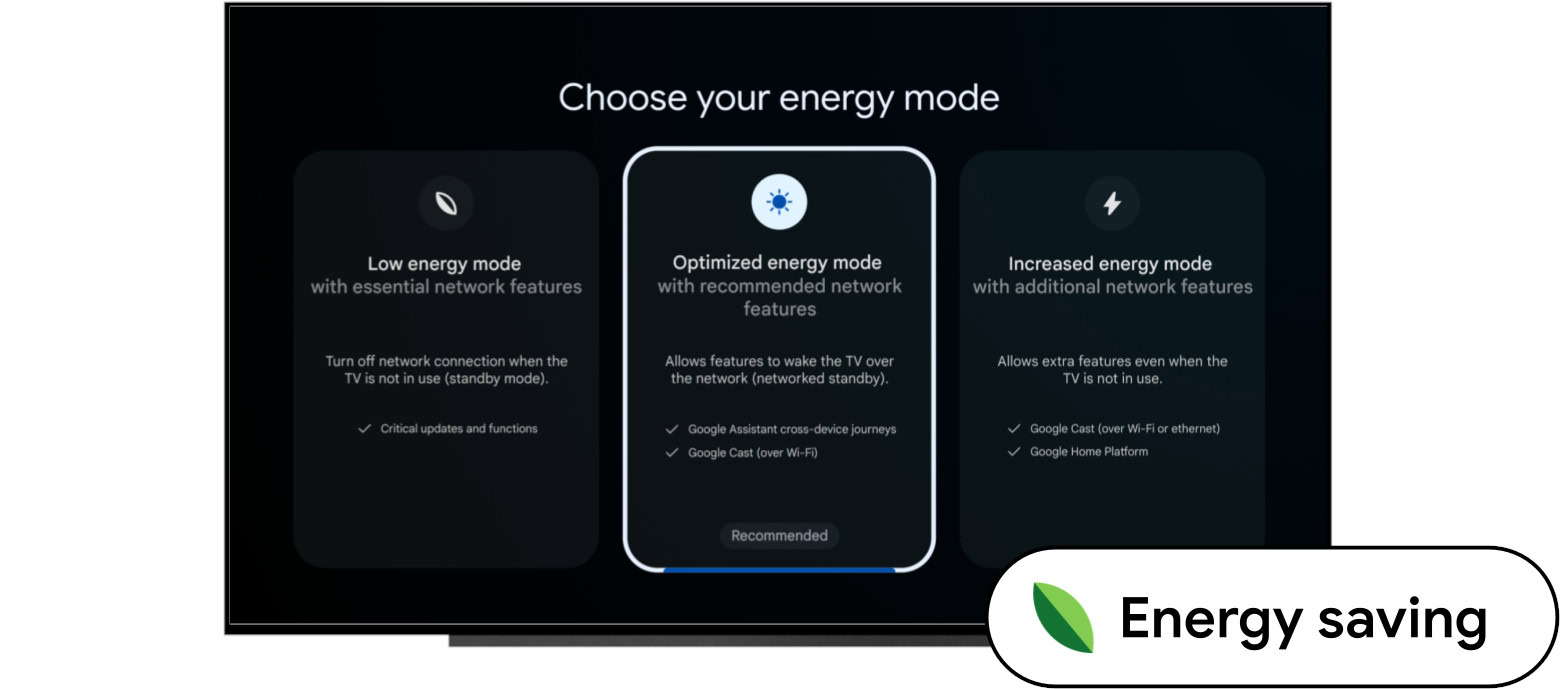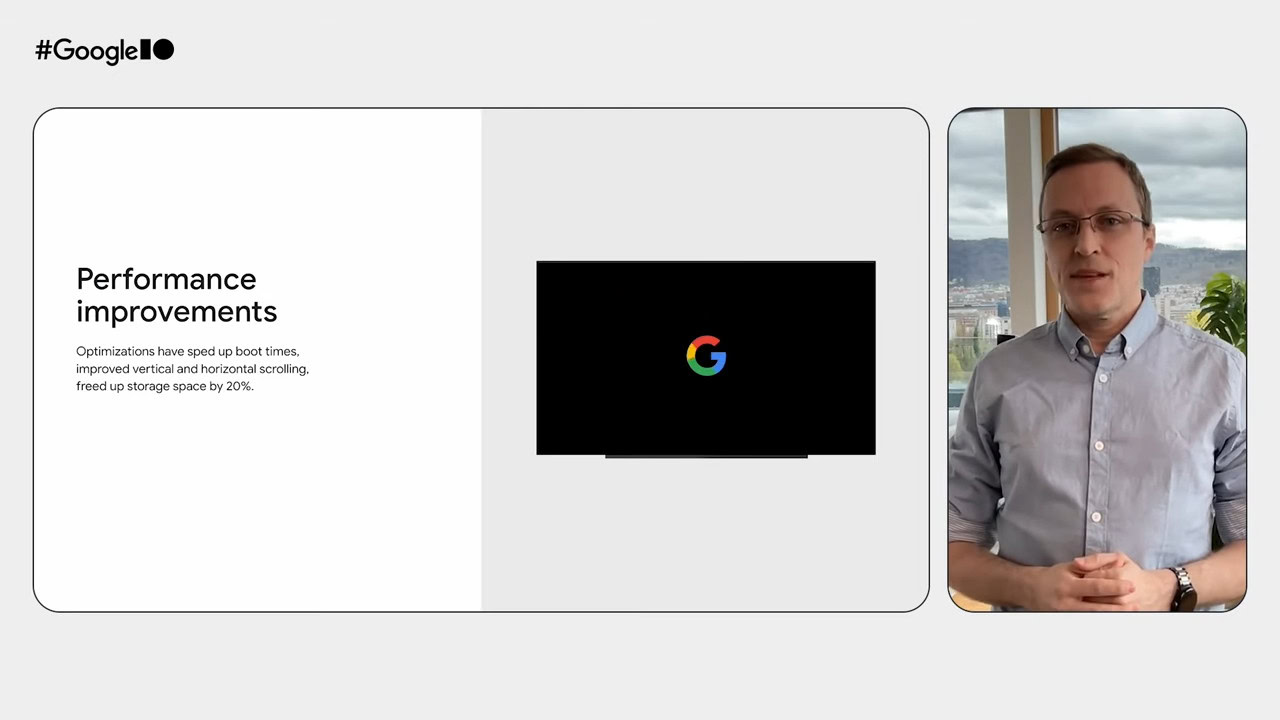Affiliate links on Android Authority may earn us a commission. Learn more.
Android 14 for TV will bring some welcome performance improvements

- The next version of Android TV OS, Android 14 for TV, will improve boot latency, cold start-up times, and scrolling performance.
- These changes were announced during the Google I/O 2024 developer conference last week.
- Android 14 for TV will also reduce standby power use and bring other highly requested features.
To cut down on costs, TV makers tend to source pretty underpowered hardware for their devices compared to what smartphone and tablet makers use. In a lot of ways, it makes sense to do so since TVs aren’t general-purpose computers that have to keep a bunch of apps open. For most people, a TV with a low amount of onboard storage and memory is fine so long as its chipset can efficiently decode high-quality video and audio data streamed from the Internet. However, some TVs ship with such underpowered hardware that even basic things like scrolling and launching an app can feel sluggish. Fortunately, Google has optimized the upcoming Android 14 for TV update to reduce some of these pain points.
Android 14 for TV is the latest version of the Android TV OS platform, which is the underlying operating system of Google TV. It was announced last week at the Google I/O developer conference and will be coming to select consumer devices later this year. When Google first announced the update, they mentioned it would be “snappier and more responsive” than previous versions. However, their blog post didn’t have any specific details on how Android 14 for TV is snapper and more responsive than Android 12 for TV. Fortunately, Googlers elaborated a bit further on what these performance improvements are during the “what’s new on Google TV and the Android TV OS” session streamed on YouTube.
Improvements coming to Android 14 for TV
According to Paul Lammertsma, a Developer Relations Engineer on Android, the latest version of the Android TV OS improves boot latency (the time it takes to boot the device up) by an unspecified amount. Boot latency isn’t that important of a metric to improve upon when it comes to Android TVs since they’re rarely fully turned off, but it’s still nice to see this improvement. Also improved is the cold start-up time of the Google TV home screen launcher; Lammertsma says it’s been reduced by “over 4 seconds.” Most Android TV OS devices are usually in standby mode when they’re not being used, though, so it’s rare to see a cold start of the launcher. Even though this improvement also won’t be that impactful, it’s still a welcome change.
More importantly, Lammertsma says the team has improved “vertical and horizontal scrolling performance” in Google TV. This is a much-needed improvement since scrolling can feel sluggish on some devices. Lastly, the latest version also brings “faster data loading” and a 20% reduction in storage use, though no details are available on how these improvements were achieved.
This latest Android TV OS release brings improvements to performance and power consumption to help developers like you build engaging apps for the next generation of TVs. We’ve improved boot latency on select TVs and reduced cold start-up time by over 4 seconds in the home screen app. These optimizations continue across Google TV’s experience with improved vertical and horizontal scrolling performance and faster data loading. We’re ensuring the platform performs well on lower memory devices. – Paul Lammertsma, a Developer Relations Engineer on Android
Other changes in Android 14 for TV

Performance isn’t the only thing that’s better in Android 14 for TV. The update also brings two new energy modes: low-energy and optimized energy. The former turns off the TV’s network connection when it’s in standby mode but still allows critical updates and functions to go through. The latter allows some features, like certain Google Assistant cross-device journeys and casting via Wi-Fi, to wake the TV up over the network when it’s in standby mode. Lastly, the increased energy mode enables extra features when the TV isn’t in use, including casting over ethernet and Google Home Platform controls.
With the new low-energy and optimized energy modes, TVs will consume 2W or less energy when they’re on standby. This is particularly important because starting May 9, 2025, the EU will require that most networked devices consume 2W or less energy when in networked standby mode.
In terms of new features, Android 14 for TV also finally brings picture-in-picture mode to Google TV and makes Find My Remote a platform feature. While the next version of the Android TV OS platform won’t have many new features, the combination of these two features, plus the performance and efficiency improvements I mentioned in this article, make the update worth looking forward to. How do you feel about the Android 14 for TV update?
